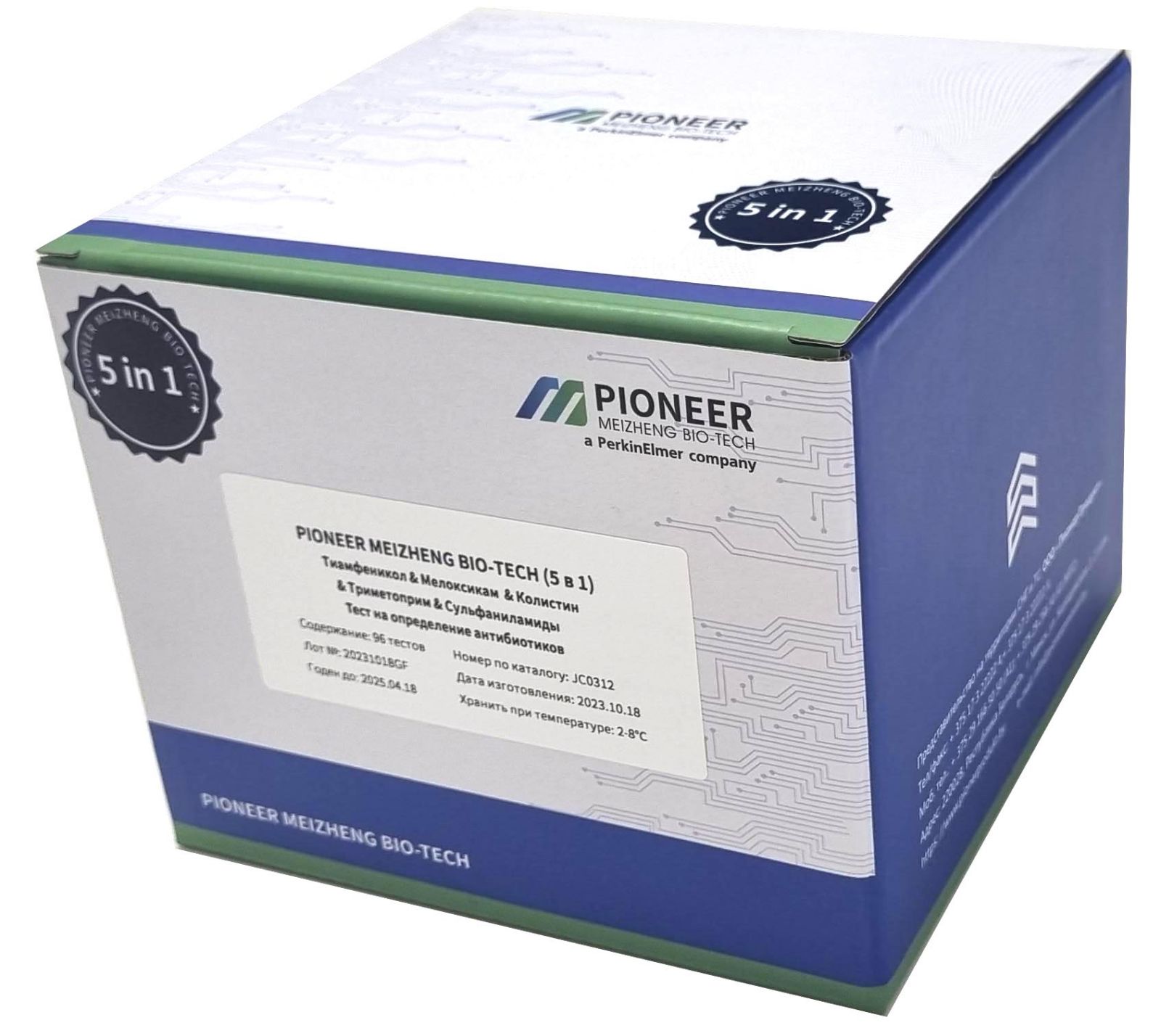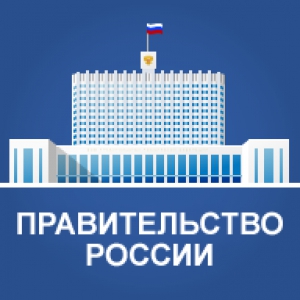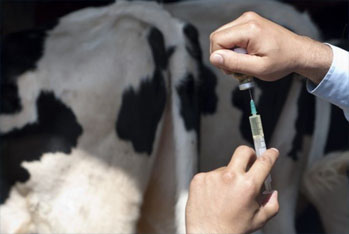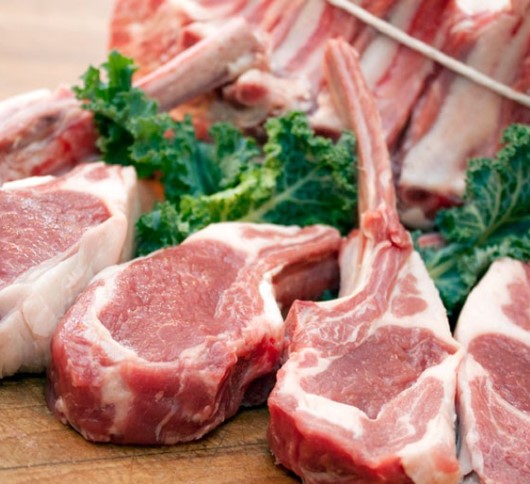Argentina: Government defines new vaccination strategy against foot-and-mouth disease

Similarly, feedlots will be exempt from the first campaign, and vaccination will only be required during the second. "This decision will reduce the need for nearly 2 million doses, resulting in an estimated savings of $3 million," official sources emphasize.
They claim this measure will reduce foot-and-mouth disease vaccine consumption by 16 million doses, resulting in an estimated $25 million in savings for producers without impacting animal HEALTH or international trade. Additional benefits include reduced animal stress, which prevents weight loss, reproductive disorders, and migration, as well as reduced losses in MEAT processing plants.
"This adjustment does not pose a risk to animal health , as immunity is guaranteed for one year after the second foot-and-mouth disease vaccination . It's worth noting that the dose reduction is consistent with the practice of other Southern Cone countries currently vaccinating against foot-and-mouth disease, such as Uruguay and Paraguay," the ministry warned.
In addition, a new vaccination certificate template will be introduced, integrated into the Healthcare Management System (SIGSA), allowing for simplified and digital registration to be made accessible through the SIGSA app.
Key aspects of the new rules
Resolution 711/2025 establishes an updated system for the prevention and control of foot-and-mouth disease, directly affecting producers, health authorities, and vaccinators. The most significant measures include:
New vaccination strategies: Specific strategies have been defined for the period up to 2025 and beyond and are detailed in Appendices I and III of the resolution. The National Directorate of Animal Health (SENASA) will be responsible for establishing mandatory vaccination periods.
Reducing the timeframe: Vaccination timing is being optimized. By 2025, the vaccination period will not exceed SIXTY (60) calendar days from the start of vaccination, with the exception of NINETY (90) days for some jurisdictions. Beginning in 2026, the total vaccination period for all animal categories will not exceed SIXTY (60) days, and for secondary categories (calves and heifers) will be limited to THIRTY (30) days, with the exception of NINETY (90) days in some cases.
Digitalization and mandatory registration: the use of a "Single Certificate of Vaccination" is being introduced. This certificate can be obtained digitally through the SENASA Vaccination App (SIGSA). All vaccinations must be registered with SIGSA within a maximum of seven (7) calendar days of completion of the vaccination procedure at the Production Unit (UP). The digital vaccination certificate will be considered a certified statement.
· Vaccination in “establishments with an official program”: those establishments that have certain characteristics (movements between zones, difficulties with isolation, history of sanctions, etc.) must vaccinate their animals within the first FIFTEEN (15) days of the campaign.
Movement restrictions: Once vaccination has begun on a production farm, leaving the livestock holding area is prohibited until the process is completed and the corresponding report is registered with SIGSA (the Spanish Ministry of Agriculture and Livestock). Movement is also prohibited for production farms that have not completed vaccination within the established deadline. The only exception is the movement of animals destined for immediate slaughter.
· Producer's Responsibility for Facilities: Owners of cattle and/or buffalo must have the minimum and necessary facilities to house and ensure the welfare of the animals during vaccination.
· Strategic exceptions: Strategic vaccination is permitted in feedlots (at the entry of animals) and in public cages (at the exit) with prior notification to SENASA and subject to certain conditions.
· Cancellation and Penalties: The Resolution repeals and abolishes a number of previously adopted regulations, consolidating the regulatory framework. Failure to comply with the new Resolution will result in the sanctions provided for in Law No. 27233.
Motives for reform
The main arguments put forward in the resolution are as follows:
· Consolidation of the "FMD-Free Zone with Vaccination" status: Systematic vaccination is recognized as one of the most important strategies for the control and eradication of foot-and-mouth disease. The new regulations aim to adapt this strategy to achieve a high level of population protection and maintain the internationally recognized status of "FMD-Free Zone with Vaccination" in the northern Barrancas and Colorado Rivers.
· Absence of virus circulation: A key factor is the absence of disease since 2006 and the absence of evidence of virus circulation in the samples collected by SENASA. This allows for the adjustment and optimization of control strategies.
· Effectiveness of modern vaccines: The resolution emphasizes the need for the General Directorate of Laboratory and Technical Control (SENASA) to use long-acting, quality-tested oil-based foot-and-mouth disease vaccines. These vaccines guarantee a minimum immunity of SIX (6) months in initially vaccinated patients and ONE (1) year in revaccinated patients.
· Adaptation to regional realities: the persistence of vaccine immunity allows vaccination dates and strategies to be adapted to the herd management needs of each region, taking into account different ecosystems, production characteristics, movements of susceptible animals and commercial channels.
Legal mandate and modernization: Law No. 24305 declares the eradication of foot-and-mouth disease to be of national interest, while Law No. 27233 declares animal health protection to be of national interest and assigns SENASA responsibility for planning, implementing, and monitoring these activities. The digitalization and registration deadlines are aimed at streamlining and increasing the effectiveness of animal health monitoring.
Read together with it:
- Russian banks will have their right to withhold some data extended due to sanctions.Russian banks will be exempt from disclosing information sensitive to sanctions risk for another year. The measure has been in effect since March 2022. The regulator now plans to extend the relaxation until December 31, 2026.The Bank of RUSSIA announced plans to extend certain support measures that expire in 2......























































